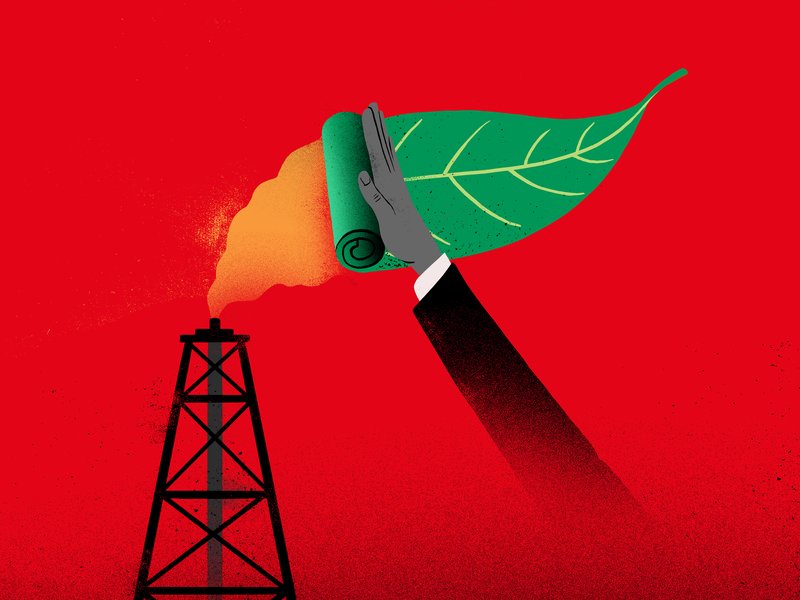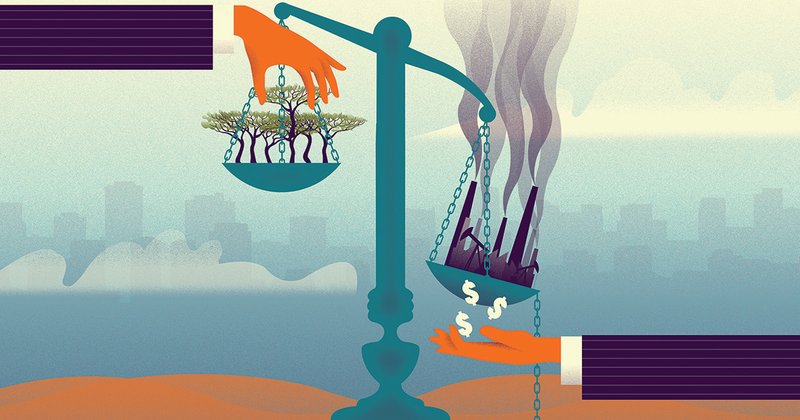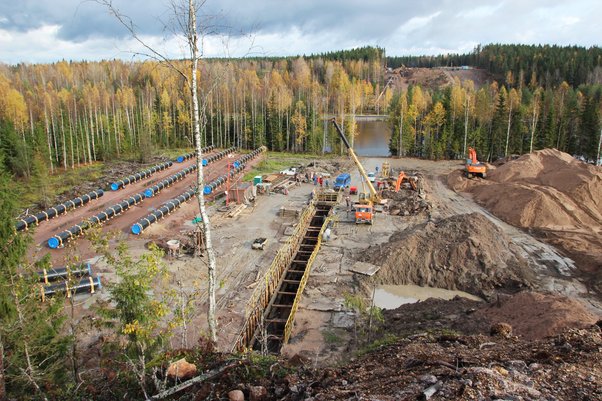Carbon capture and storage (CCS) are meant to reduce emissions and store them underground. But for fossil fuel companies it's a get-out-of-jail-free card for continued oil and gas production.

What is carbon capture?
Too good to be true, firstly.
Carbon capture and storage (CCS) is a catch-all term for technologies that are meant to reduce emissions by capturing and storing them underground.
Fossil fuel companies and some governments would like you to think it means we can tackle climate change whilst continuing to drill for more oil and gas.
Why? Because keeping fossil fuels in the ground would be a far better way to reduce emissions but is one which for obvious reasons fossil fuel companies aren’t keen on.
So what is the problem?
There’s no good evidence that carbon capture works to remove emissions at scale. But governments keep pouring money into it - often from our taxes.
Also, we have the climate solutions we need - renewable energy is increasingly cheaper than oil and gas.
But for fossil fuel companies carbon capture is a get-out-of-jail-free card for continued oil and gas production, and a nifty distraction from cleaner, safer, and better energy options.
Dr. Foley, Executive Director of Project Drawdown, has said of industrial carbon dioxide removal like carbon capture that:
“It’s hugely expensive — usually at taxpayer expense — and removes essentially zero carbon, despite decades of effort and billions of tax dollars”
You can expect a lot more of this BS. So here’s your guide to the key questions about CCS.
1. 40 years is a long time to wait for evidence something works
Over $83 billion has been poured into these technologies over 3 decades, but they captured less than 0.1% of global CO2 emissions in 2022. A woeful return by any sensible measure.
Also, over 80% of projects that have been proposed globally have flopped. CCS isn't making a dent in carbon removal. So why are we betting the house on the assumption we’re about to crack it?
2. Most carbon capture projects have been spectacular failures
Projects and proposals often hinge on the assumption of a 90% carbon capture rate. Meanwhile in the real world:
- In 2006, the Chief Executive of the Australian Coal Association predicted that by 2020 it would be possible to capture 25% of emissions, but under 0.2% was achieved.
- Shell's hydrogen facility in Canada captured just 48% of emissions.
- Chevron's Gorgon plant in Australia emitted more than double the amount it captured in one year.
- The UK's Drax wood pellet power plant postponed CCS plans by at least 3 years and may capture only half the intended capacity by 2030, according to inews.
3. Instead of reducing overall emissions, carbon capture mostly helps extract more oil
As barefaced audacity goes, this is right up there. Currently, captured carbon is mainly used in what’s called “enhanced oil recovery” (EOR).
This involves injecting the captured carbon dioxide into depleted oil fields to extract more oil. By 2020, 81% of captured carbon went into the ground for this purpose. It would be funny if it weren’t going to kill us.
4. We’re planning to throw good money after bad
Carbon capture is extremely expensive, often depending heavily on government financial support.
Despite all this failure, investments in carbon capture have skyrocketed, reaching a record $6.4 billion in 2022, according to BloombergNEF.
These funds could otherwise be channelled into existing low carbon solutions. Or failing that, schools, hospitals and public transport – some of this madness is funded by taxpayers like you and me.

5. Carbon capture uses so much energy it might add more carbon than it removes
According to the Intergovernmental Panel on Climate Change, a power plant using carbon capture and storage demands 10-40% more energy.
One study suggests in some cases carbon capture ends up adding more CO2 to the atmosphere than it removes.
6. Government plans to meet our climate targets rely heavily on this bad science
Many government and corporate plans to keep global warming below 2°C hinge on blind faith in capturing carbon and stashing it underground.
If we plough on with this wishful thinking, we’re looking at hotter temperatures, nastier climate impacts and economic meltdown.

7. Even if it did work, it would be too late
If carbon capture were the real deal, it would come too late to meet the Paris Agreement targets.
Even rosier predictions say we won't have substantial carbon capture capacity by 2030. By that point the UN says we should've slashed emissions by 45% to keep the Earth from overheating.
Big oil knows this. It’s why they’ve been flying the flag for CCS at the climate talks, and acting like it’s a silver bullet solution to climate change.
In summary: Carbon capture’s false promises might stop us from saving ourselves
As a last resort, carbon capture might come in handy for cleaning up emissions from tough nuts like cement production, once we've exhausted all other eco-friendly options.
But we can’t kid ourselves into thinking it's a free pass to keep the fossil fuel party going. Imagine if governments said we were planning to sink all of our time and taxpayer money into a miracle cure for cancer with no evidence it would work – and we already had other options that did?
We need to slam the brakes on fossil fuels and kick renewables into high gear.


